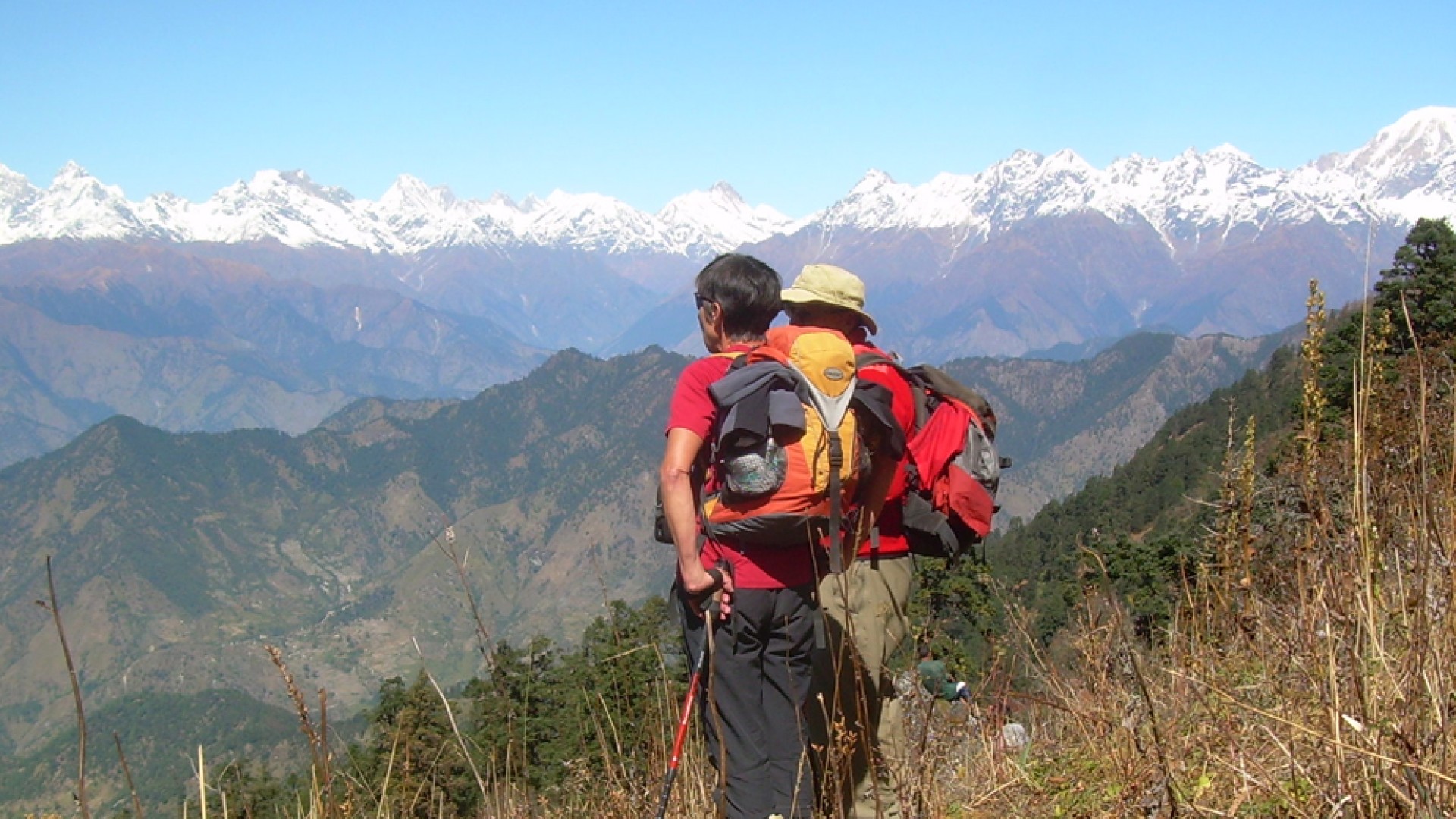Saipal Himal trek is another unexplored wilderness trekking destination into the isolated Humla and Mugu region of Far western Nepal.Saipal Himal (7035m) Api Himal is situated in the border Tibet in the north and India in the west. Saiphal Himal trek takes you all the way through the rocky terrains, pristine forests freeze rivers, stream, mountains, hills and many more.
Unlike other popular trekking routes like Annapurna and Everest region, Saiphal Himal trek needs a special trekking permit as the region falls under restricted area. Saipal and Api Himal trek starts from Chainpur. To reach Chainpur we take a flight from Nepalgunj or Drive KTM 1165km. and drive from Nepalgunj to Chainpur via Dadeldhura 800km. to Chainpur our trekking trail follows the Karnali river bank through the Thakuri Hindu villages, up to Mugu which consist mostly Tibetan settlements. Every after two or three kilometers of trekking will take you to different village with people speaking different languages.

There are many cultures and Rara Lake region is really rich in culture, tradition and rituals with different myths related to the places. We pass all the way through the Traditional villages experiencing the rural lifestyle of people, observing the local farmers working on indigenous crop fields. We come across many Tibetan Buddhist monasteries and shrine which are some of the features of the trail. Trekking across all these beautiful valleys and scenic beauty our trekking trail finally leads to the majestic view of the Saipal Himal (7035m). This Majestic Himal resembles a golden ox sleeping in the beautiful valley carrying all the richness of natural varieties of flora and fauna which adds to the beauty of the region
Seeking for a real adventure? Our travel itinerary is based on years of trekking expertise, ensuring that you have a fun and safe vacation. However, like with all such risky excursions, there may be instances where we must change the schedule, possibly without much notice. While we make every attempt to stick to the timetable, we humbly ask for your patience and flexibility if unforeseen circumstances like weather or unforeseen natural events come into play. You may be sure that our knowledgeable guides will adjust as needed to make your tour as enjoyable as possible.
The Trekking Group
For the Lower Dolpo Trek, there will be one leader, assistant leader (4 trekkers: 1 assistant guide) and Sherpa porters for luggage carrying (2 trekkers: 1 porter). This arrangement ensures that even if someone in the group gets sick or is unable to carry on, the trip can still go ahead as planned for the rest of the group. We can run the trek for groups of any size, but usually a maximum of twelve people is ideal as we've found this to be the optimum size for a successful trip.
Accommodations
We will be staying at Normal Accomadation Hotel in Kathmandu and teahouses during the trek. All accommodations are on twin-shared basis. Single supplement will be served on request and will cost an additional USD 350. Nepal New Generation will arrange rooms with attached washrooms; however, teahouses in some remote places only have shared washing and toilet facilities.Also note that single rooms are readily available in Kathmandu and the trekking regions at lower elevation but it might be difficult to find them at higher elevations.
Meals
Breakfast (only) will be available in Kathmandu whereas all meals (breakfast, lunch and dinner) will be available during the trek. We can enjoy freshly-cooked, hygienic and nutritious meals on full-board basis prepared by our trained and experienced cook during the trek. Authentic Nepalese, Tibetan dishes as well as the more common international cuisine (Tibetan, Continental, Italian, Indian, etc.) will be available.